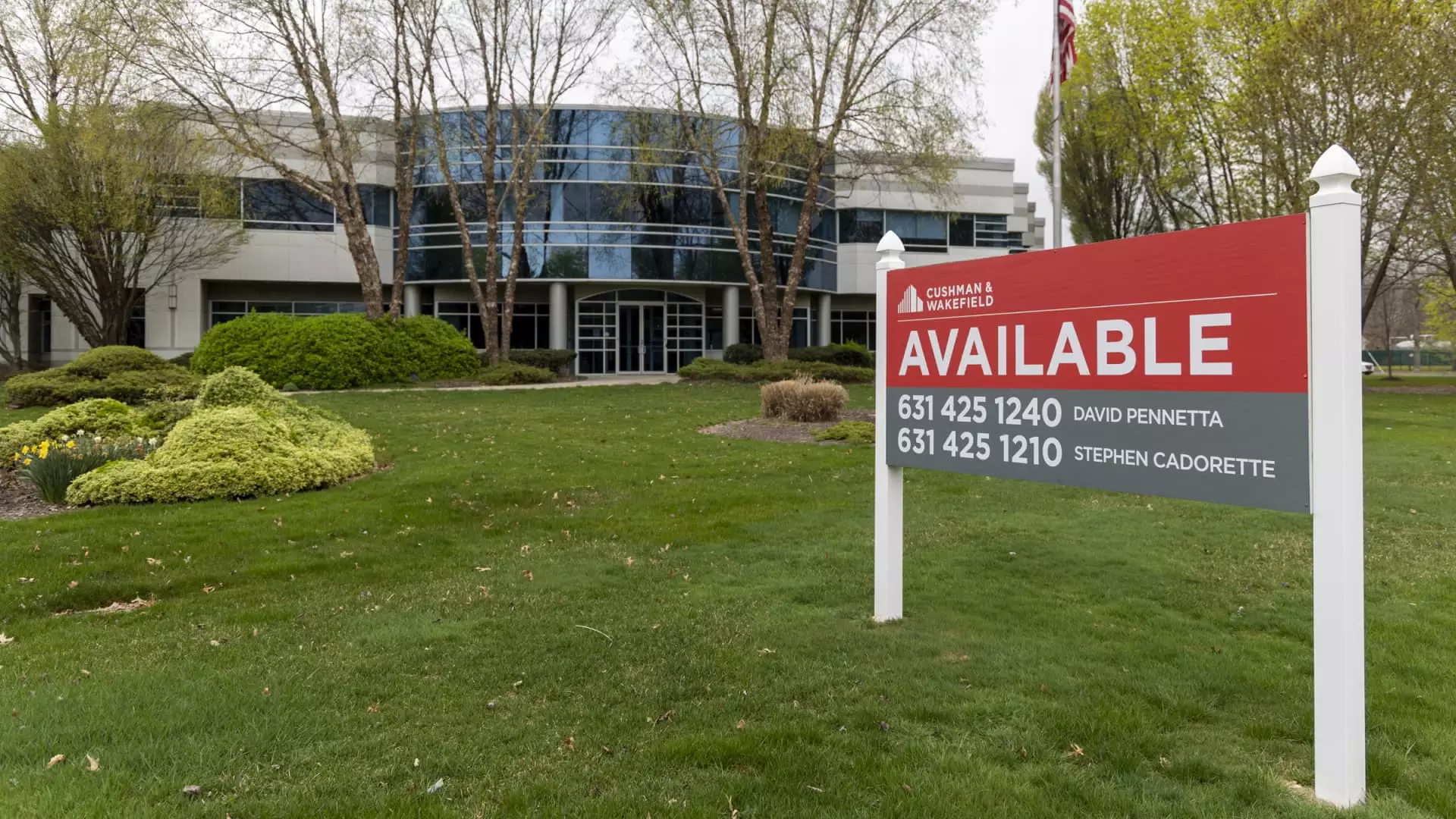The commercial real estate (CRE) market is on the cusp of transformation, driven by recent shifts in monetary policy and fluctuating market dynamics. The Federal Reserve’s decision to embark on a cycle of interest rate cuts marks a significant turning point not seen since 2020. A reduction of 50 basis points in the Fed funds rate can be interpreted as an attempt to stimulate economic activity by making borrowing less expensive. This move has far-reaching implications, particularly for the CRE sector, which has struggled to find footing in the wake of the Covid-19 pandemic. In this article, we’ll explore the current state of the CRE market, the forces propelling its evolution, and the challenges that still loom large.
The Federal Reserve’s recent interest rate cuts may serve as a lifeline to an industry that has not only witnessed stalled transaction activity but has also grappled with the aftermath of rapidly escalating borrowing costs and tenant demand volatility. Lower interest rates tend to boost deal flows in the CRE sector by making financing options more accessible. This newfound affordability encourages both seasoned investors and newcomers to consider property investments, thereby revitalizing a marketplace that had seen a stagnation in activity. According to Wells Fargo analysts, the Fed’s policy shift represents “the most notable green shoot” for the sector, laying the groundwork for a potential recovery.
Yet, it is crucial to recognize that rate reductions are not a panacea. Analysts emphasize that while lower rates positively influence sentiment, the market’s recovery trajectory may still be uneven. For example, Alan Todd from Bank of America highlights that the psychological impact of rate cuts can catalyze activity by fostering a sense of stability. Investors, anxious to capitalize on favorable circumstances, are stepping off the sidelines, leading to a gradual uptick in refinancing and sales activities.
As the real estate market adapts to the new interest rate landscape, transaction volumes are beginning to rise. Data from the second quarter of 2024 indicates that overall transaction volumes made a notable jump, with sales in the multifamily sector leading the charge. With an estimated $40 billion worth of transactions occurring during this period, we see a significant quarter-over-quarter increase of 13.9%. However, challenges remain, as this figure still reflects a 9.4% dip year-over-year, underscoring the continued pressure on property values.
The MSCI U.S. REIT Index demonstrates a positive trend since spring, with an increasing property valuation that could signify restoring investor confidence. Nevertheless, as the multifamily sector exhibits resilience and growth, other CRE subsectors, particularly office spaces, face heightened challenges that may impede overall recovery.
Despite some signs of improvement, the office segment remains beleaguered by structural issues that originated during the pandemic. Analysts from Wells Fargo report a slight increase in office net absorption—a metric indicating changes in occupied spaces—but caution that this is not enough to counteract rising vacancy rates, which have reached a staggering 16.7%.
Cities like Manhattan have seen an uptick in foot traffic, with June visitation rates reaching 77% of 2019 levels, signaling a possible recovery in consumer sentiment towards office spaces. However, headwinds continue to outweigh these tailwinds, driven by hybrid work arrangements and declining office job numbers that contribute to weakened demand. With central business district prices remaining nearly 49% lower than pre-pandemic levels, the outlook for office real estate is daunting, with predictions indicating a longer recovery timeline compared to other property types.
Contrasting with the struggles of the office market, multifamily real estate is emerging as a beacon of hope. The second quarter of 2024 saw net absorption in this sector reach heights not witnessed in nearly three years. The construction pipeline is robust as developers plan to deliver a record number of rental units exceeding 500,000 by year’s end.
A key factor driving this demand stems from the soaring costs of single-family homeownership, where the average monthly mortgage payment now stands at a daunting $2,248—31% higher than the average apartment rent of $1,712. This affordability gap propels consumers towards multifamily housing, which offers more accessible options amidst economic turbulence. Furthermore, the stabilization of vacancy rates at 7.8% coupled with modest rent growth signals a better alignment between supply and demand.
As the commercial real estate market navigates these transformative waters, the juxtaposition of growth in multifamily housing against the backdrop of office market struggles paints a complex picture. The Fed’s interest rate cuts could signal a recovery for the CRE sector at large, yet the short-term path remains fraught with uncertainties.
While multifamily properties continue to attract tenant interest, the office sector’s challenges require careful attention. Stakeholders must remain proactive, leveraging the insights gathered from prevailing market dynamics to adapt strategies that maximize returns in an evolving landscape. The broader recovery may very well depend on the collective ability to embrace change while recognizing the lingering hurdles ahead.

